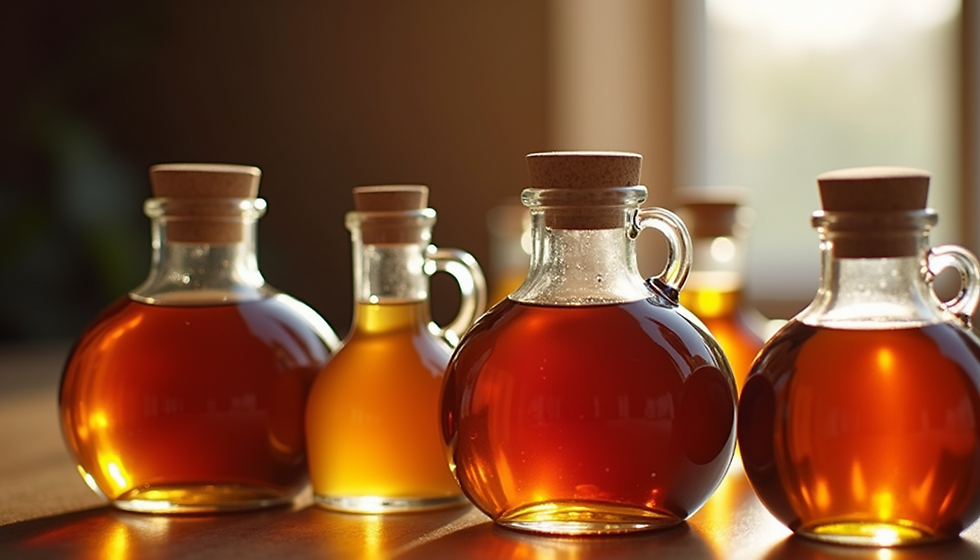Cold Chickens & Winter Eggs
- greydogmaplefarms
- Dec 18, 2022
- 3 min read

Like many other things in the winter, egg production slows down. The shorter daylight hours and colder temperatures will cause your hens to do what they can to stay warm. This is a built in, natural survival trait that was used to keep their ancestors alive during the colder months. That doesn’t mean you can’t get eggs in the winter though.

The first step to getting eggs throughout the winter is making sure your backyard flock includes winter hardy breeds. Isa Browns, Jersey Giants, and Rhode Island Reds are all very winter hardy breeds. Isa Browns are a favorite of Grey Dog Maple Farms and this is just one of the reasons why. We’ve written about them before and you can find that link here, https://www.greydogmaple.com/post/the-isa-brown . Isa Browns are very adaptable and are reliable brown egg producers. If your only flock goal is eggs, this is the breed you want.

The Jersey Giant offers its own benefits as well. Not only are they a winter hardy breed, they also double as a meat bird. The Jersey Giants egg production is a little slower than the Isa Browns, but they are still a reliable egg layer and have a place on our farm.
The Rhode Island Red is another dual purpose breed that also produces well in the winter. Modern versions of this breed have been selectively bred for egg laying qualities. The Rhode Island Reds production rate is similar to the Jersey Giant, slightly behind the Isa Browns.

Having winter hardy egg layers is important, but we can’t forget about giving our hen’s proper shelter as well. During the summer months, air flow is critical. When the cold air
begins to settle in though, it’s time to close those windows and block the drafts. You may have heard the saying, “if it wasn’t for the wind, it wouldn’t be so cold.” Well, your hens would likely agree. Blocking drafts can make a significant difference for your flock. It’s also a good idea to add more bedding during the winter months, but you don’t need to go overboard. We start with a light dusting of lime, which is something we use all year long, and then rotate between straw and wood shavings. This extra insulation can make a big difference in your hens comfort level, which you’ll see reflected in their egg production.

Heat lamps, should you use them? When it comes to heating your coop in the winter, the answer is no. Heat lamps are certainly necessary when it comes to raising baby chicks, but are too much of a fire hazard to be used with adult birds. A heat lamp, or even a regular 75 watt bulb, can produce enough heat to eventually start a fire with the extremely dry bedding. Chickens are naturally curious animals. If the light is close enough to keep them warm, it’s close enough for them to peck at or try to roost on, causing all sorts of problems even if the light doesn’t fall and break. Some chicken owners may scoff at that, but we’d prefer to be safe than sorry. Besides, every real chicken farmer knows that their birds are naturally insulated.

Have you ever noticed your hens fluffing their feathers? What they’re doing is creating a pocket of air underneath them that will act as a form of insulation. Have you checked on your birds at night to find them with their heads tucked under a wing, or squatted down to cover their feet? Those feathers are being used again. Chickens are not impervious to arctic cold, but with proper shelter, they can easily handle most Midwest winters.

You have the right chickens, the right bedding, and you’re giving them good food and making sure their water isn’t frozen. Should you still expect a decrease in egg production? Yes. It’s still a natural cycle, but by doing these things you should see more eggs than if you didn’t.
Before you go, check out some of our other chicken blogs or go to the store link to purchase one of our winter hats. They’re warm, tough, and look great. All products have free shipping within the U.S. too. You can also join our mailing list to stay up ot date on our future blogs and as always, thank you for your continued support.





Comments